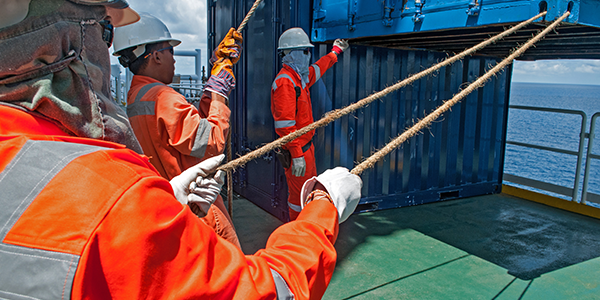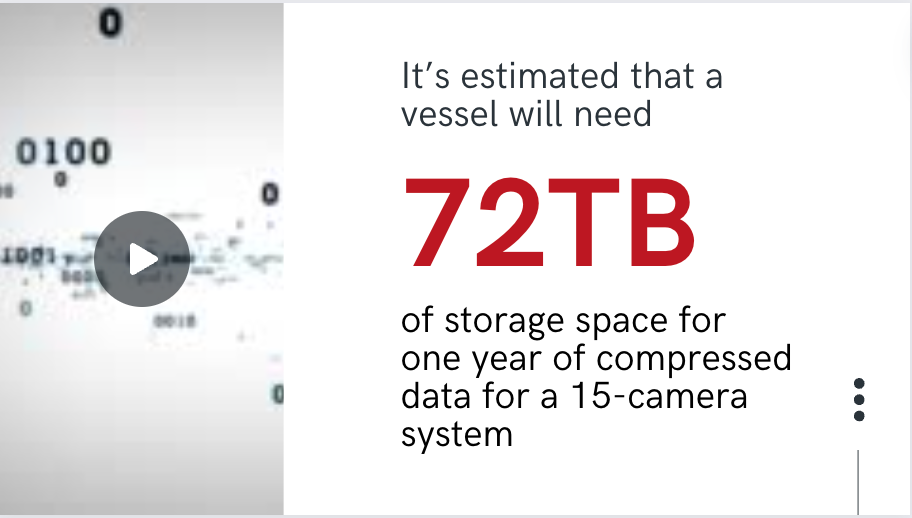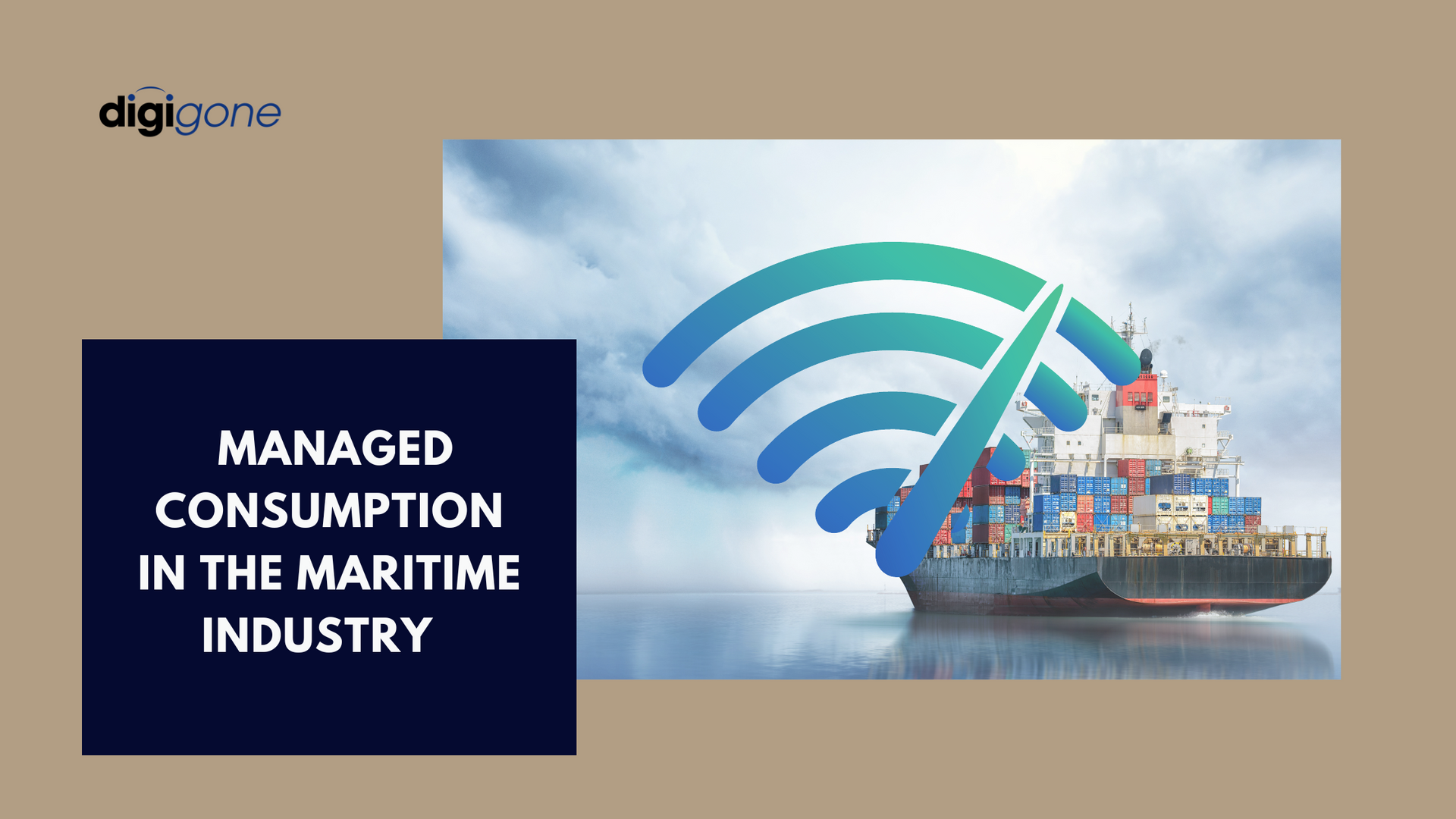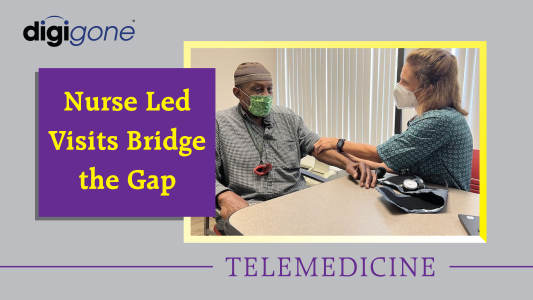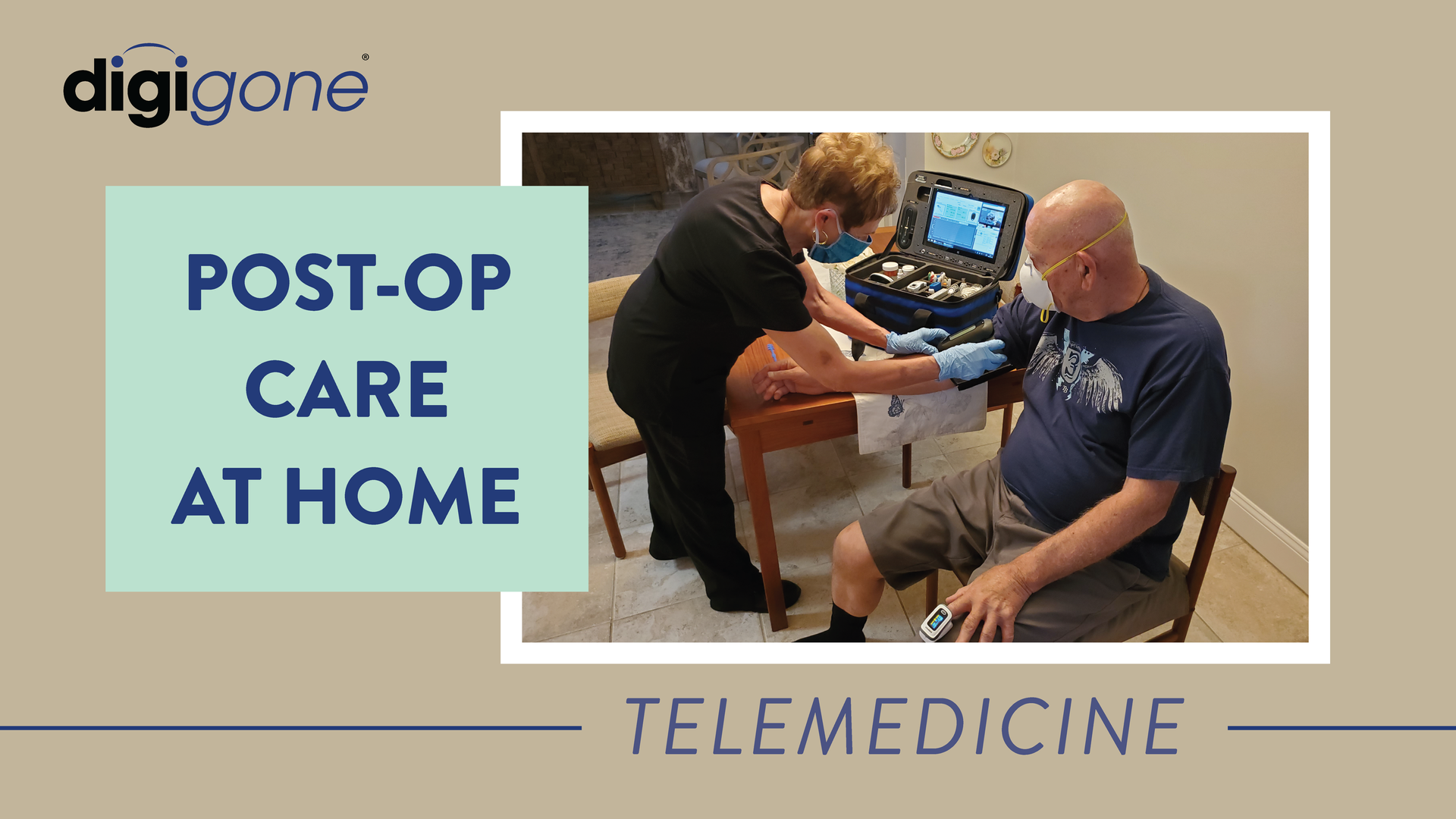How Telemedicine Equipment Can Enable Neurological Assessments at Sea
October 21, 2019
Telemedicine equipment is a useful tool for diagnosing patients. This technology is being actively used by large corporations to improve the quality of medical assessments and treatments in remote locations.
Many already know how telemedicine equipment can help treat noticeable injuries like broken bones, cuts, wounds, and more severe injuries caused by workplace accidents. The ability to provide effective care to injured individuals in remote settings can and do make a difference.
While this is an effective way to treat injuries and decrease potential downtime—can telemedicine kits enable neurological assessments?
Bridging the Gap Between Telemedicine Kits and Neurological Assessment
Head injuries are difficult to treat at sea and may require a company to sail to the nearest port to seek treatment for an injured employee. But is this always necessary?
A telemedicine kit can connect a doctor with a trained designated medical officer (DMO) to assess and make a diagnosis about a patient’s condition. Not only does this improve the outcome for a patient, but it can eliminate the need for a diversion.
For example:
- A crewmember slips on the deck and hits their head against the ship’s railing. The impact causes the sailor to lose consciousness, and there is a fairly large gash on the top of their head.
- The DMO is immediately notified, and they connect with a doctor through their telemedicine kit. The doctor asks the DMO to turn on the video feed so they can assess the patient.
- The doctor guides the DMO as they conduct several tests on the patient that they will use to make a diagnosis.
- Once complete, the doctor informs the DMO that there is no neurological damage and helps them through the process of treating the gash on their head.
- The injured sailor is escorted to their quarters, where they will recover from their injury.
In this scenario, the telemedicine kit enabled the DMO to connect with a doctor who was able to assess the individual and make a medical determination based on the evidence he saw. The ability to see the patient, their injury, and to communicate with them is vital in making the correct medical diagnosis, especially when it comes to neurological assessments.
Telemedicine devices do more than just assisting a DMO in treating basic injuries. They have the technological capabilities to allow a doctor to assess complex neurological injuries from a remote location.
The brain is a complex organ, and injuries that affect it are even more complicated. It’s important that you have the ability to communicate with a trained medical professional to reduce the likelihood of long-term injuries and other unfavorable outcomes.

Telemedicine kits are becoming indispensable tools for home healthcare providers, particularly during transition care medical examinations (TCMs). While the initial TCM is conducted by a physician who generates revenue from the service, the telemedicine kit significantly benefits home healthcare providers by expediting patient registration for their care services. With a nurse or medical assistant deploying the kit, patients can be quickly evaluated and connected with a physician, ensuring all necessary documentation and approvals are completed more efficiently. This faster onboarding process allows home healthcare providers to register more patients in less time, helping them deliver care sooner and grow their services efficiently. The ability to “bring the doctor” to the patient through a telemedicine kit is invaluable in initiating care seamlessly. Once patients are on board, home healthcare providers can continue leveraging telemedicine technology to improve how they deliver services. The kits enable nurses and medical assistants to perform follow-up visits, diagnostics, and real-time consultations without requiring patients to leave their homes. This capability allows providers to optimize their schedules and visit more patients daily, all while maintaining a high standard of care. The efficiency gained means better coverage, smarter use of resources, and happier patients. Beyond efficiency, telemedicine kits help providers build stronger connections with their patients by making care more accessible and personalized. Providers can quickly respond to emerging health concerns, adjust care plans, and ensure ongoing monitoring—all from the patient’s home. This not only leads to better patient outcomes but also boosts the provider’s reputation for being reliable and innovative. By facilitating the registration of more patients and enhancing care once they are onboarded, telemedicine kits are powerful tools that enable home healthcare providers to expand their reach, improve operational efficiency, and thrive in an increasingly competitive market. In a rapidly evolving healthcare landscape, telemedicine kits are revolutionizing how home healthcare providers deliver care, enabling faster patient onboarding, enhanced service delivery, and stronger connections with patients. By integrating this indispensable technology, providers can streamline operations, improve patient outcomes, and position themselves as leaders in care innovation. Don’t miss the opportunity to elevate your home healthcare services. Explore how telemedicine kits can help you expand your reach, optimize your resources, and deliver exceptional care. Contact us today to learn more and take the next step toward transforming your care delivery model.

With the new Safer Seas Act, vessel companies must comply with many new regulations by the end of the year. One of those requirements includes audio equipment placed outside of hallways leading to staterooms, which DigiGone can help with. And while this may seem burdensome, these new rules will be good for vessel companies in the long run.



